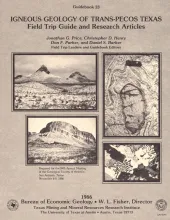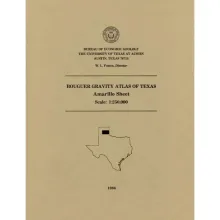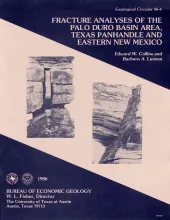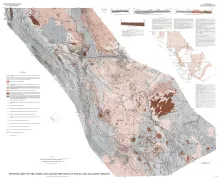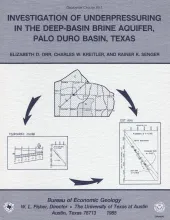This folded transparent map is at the same scale as its corresponding Geologic Atlas of Texas (GAT) sheet and can be superimposed on it to compare gravity information with surface geology.
Fractures and veins in strata of the Palo Duro Basin area, Texas Panhandle and eastern New Mexico, are characterized using data from outcrop and core studies and from fracture identification log analysis. Fractures are associated with faults and folds that occur along the margins of the Palo Duro Basin and in relatively undeformed strata within the central basin area. Along the Amarillo Uplift, strikes of fractures in Permian and Triassic rocks differ from fracture orientations in overlying Tertiary strata.
Although plots of pressure versus depth are useful for understanding the hydrodynamics of ground-water systems, they can be difficult to interpret. Data plotted from a confined aquifer may reflect underpressuring because the aquifer is isolated from hydrostatically pressured aquifers (depth intercept is greater than zero) or because there is potential for downward flow within the aquifer (pressure-depth gradient is less than hydrostatic).


